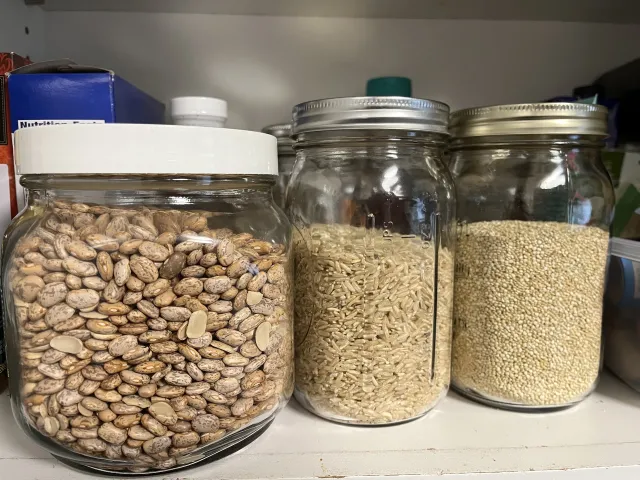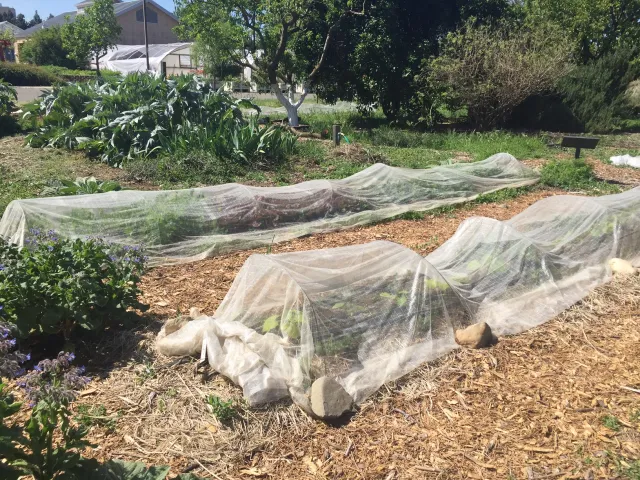Want to control pests but don’t want to use pesticides? Good news—there are many alternative options, and most are more effective than pesticides and last longer!
In general, there are three main methods to controlling pests nonchemically: cultural control, physical control, and biological control.
Cultural Controls
Practices that change the local habitat to make it less conducive for pests are known as cultural controls. Cleaning up spilled food inside in the home or picking up fallen fruit outside removes a potential food source for pests. Pests such as cockroaches, rats, and racoons are then less likely to be a problem.
Healthy plants tend to have fewer pests and tolerate their damage better, so by adjusting focusing on proper plant care, you can prevent and potentially reduce the numbers of certain pests. For example, trees that are water stressed are more likely to be attacked by wood-boring insects, so ensuring they have adequate water will reduce the risk of insect damage.

Physical or Mechanical Controls
There are many tools you can use to physically block pests or kill them directly. Think fences, traps, and window screens. The type of physical or mechanical methods used depends on what pest you are trying to control. Rodents can be captured using snap traps; plants can be covered with fabric cloth; and insects can be blocked from entering your house by caulking small gaps, using weather stripping, making sure door and window screens don’t have holes.

Biological Controls
Biological control relies on beneficial organisms, also called natural enemies, that prey on or parasitize pests. Natural enemies include lady beetles (ladybugs), spiders, syrphid flies, praying mantids, and tiny, nonstinging, parasitic wasps. These “good bugs” can help manage pest infestations and often exist naturally, so you may not even have to do anything but sit back and let them do their job!
To learn more about the various ways to manage pests nonchemically, see the UC IPM webinar recording on YouTube at https://www.youtube.com/watch?v=Fi9sS7OaltE and visit the UC IPM website to learn about various management options of specific pests ipm.ucanr.edu/.


